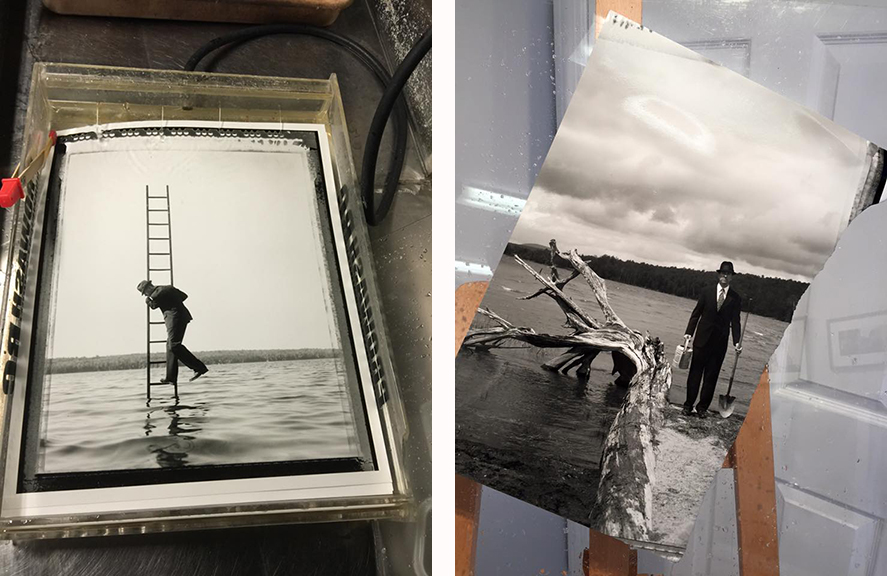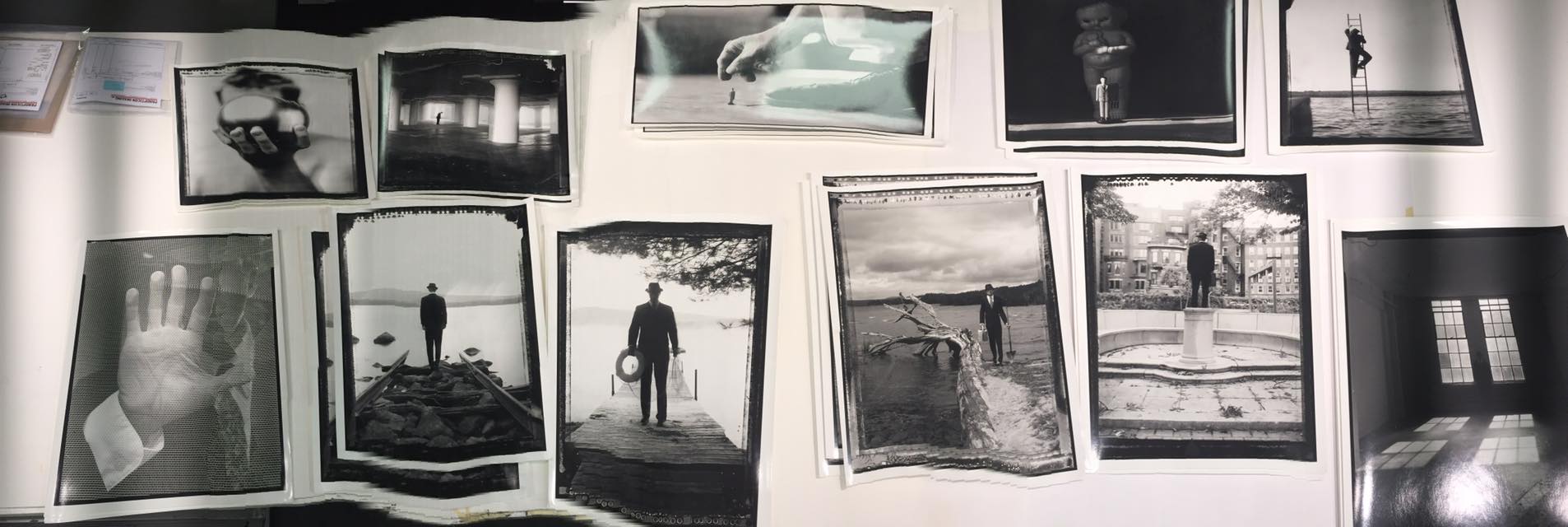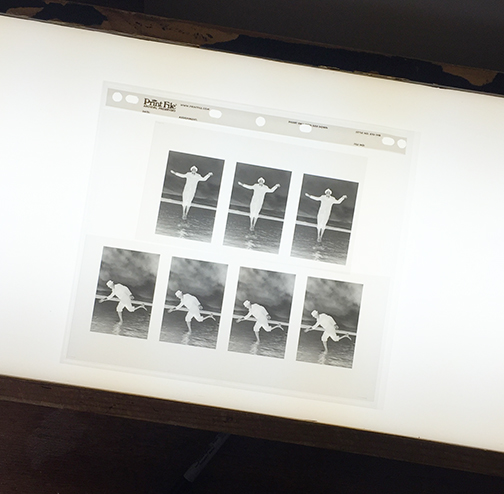Paul and Liz have been busy printing Stephen Sheffield's beautiful photography. We have 26 negatives and making over 50 silver gelatin fiber prints in total for this artist! We always enjoy working with Stephen and love the range of tones in his black & white negatives. Film is most certainly not dead!
Darkroom Details: What is a RC Print, Fiber Print & more?
We have three working darkrooms here at Panopticon Imaging. Each room has its own specific purpose. One houses the printing lab, one our film processor and the third is where we create LVT digital negatives. In our printing lab we hand/tray process each print to ensure the consistency throughout the printing process. The film processor darkroom details are listed here. Our LVT darkroom is where we can create new negatives from digital files (more details below). We are happy to share information about these processes that we know and love. Video by: Frank Hegyi
What is an RC Print?
RC or Resin Coated Paper is darkroom paper with a base that is sealed between two polyethylene layers, meaning it has a plastic base. Since the base is sealed between the two layers it does not actually absorb the chemicals, greatly reducing the amount of time RC prints need to be washed. This is the most affordable darkroom option, however, the least archival. There is developer in the paper to increase speed of development. Over time this will deteriorate giving your print a lifespan of 20-40 years depending upon storage conditions. This is used for contact prints of negatives and prints. This paper was popular with press & newspapers as they needed images fast for breaking news. The RC paper we print on is Ilford Glossy or Pearl with a weight of 190 gsm (Medium weight) paper.
What is a Silver Gelatin Fiber Print?
Silver print, Fiber prints, Gelatin silver as they are commonly referred to and are one and the same. This is a museum quality, tray printing process (not machine processed). Fiber paper is a paper base that is coated with photographic emulsion. The base of fiber prints are not sealed like the RC paper, this makes for a slower process with washing and drying. These beautiful, archival, exhibition quality, black & white, silver gelatin, fiber prints have superior tonal range, durability, and resistance to fading for over 200 years. All prints are finished with a Selenium bath to assure archival permanence. There is the option of warm tone, glossy or matte Ilford Papers. Fiber paper is 225 gsm which is a double weight paper.
What is a Selenium Bath / Toning?
We use a Selenium bath to increase the permanence of our Silver Gelatin Fiber prints. For this process we use a combination of diluted Selenium, Fixer Remover and water for a short bath prior to a final wash. Selenium converts some of the original silver image to silver selenide, a more stable form of silver. The Selenium also increases the tonal range available in the paper, deepening the blacks and brightening the lights just a touch. If it is desired, Selenium can also be used to change the color tone of the print. A diluted solution of only Selenium and water will give you a red-brown tone. While a stronger Selenium solution with result in a purple-brown tone.
What is an LVT Negative?
LVT stands for Light Valve Technology. This process which is also known as a Digital Negative or Digital to Silver process is used to create a new negative from a digital file. We have several machines that can create these beautiful negatives on 8x10 sheet film. We have many clients that have damaged negatives that need to be digitally restored and then new negatives made. Also, if you are shooting digitally this give you the option to have prints made in the darkroom. Film is not dead!
LVT negatives: Stephen Sheffield
Fiber Printing at Panopticon
Guggenheim Fellow Cheryle St. Onge's beautiful silver gelatin fiber prints are all printed and ready for shipping. So delighted to have the opportunity to work with such a great artist and wonderful portfolio!








